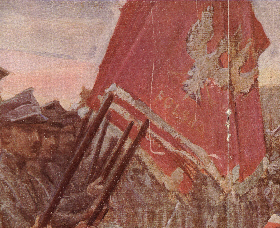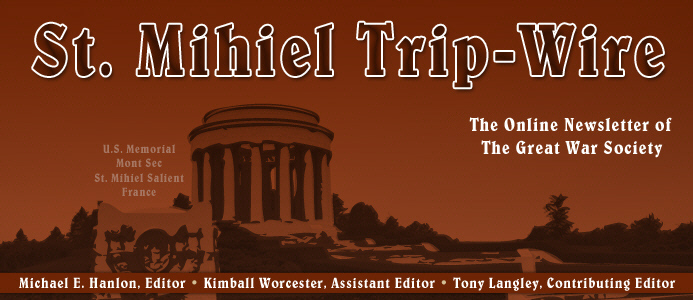

April 2009 |
Access Archives |
|
TRENCH REPORT: The Great War Society's President Dana Lombardy has requested that I address in this issue the matter of the Trip-Wire's mission and future plans. About two years ago, longtime readers will recall, I severed my connection with the Society. The issues that led to that break are behind us now, and we are now working together more closely than ever. The Trip-Wire, past-present-future, has always been a personal vehicle for me to make sure the aspects of the war I find important are never neglected and to demonstrate the incredible and endless variety of interesting topics the war has for us. This will continue, but we will also be doing some new things to help the Society and our sister organizations grow and perform their missions. The St. Mihiel Trip-Wire will serve two functions for the Society. It is our attempt 1.) to keep the members connected and well informed and 2.) to reach out to a broader audience through the Internet by showing that the events of 1914-1918 are still meaningful and utterly fascinating. Our issues will have organizational and general news items, reference material, a WWI events calendar, suggested pages on the Internet, book and film reviews and images of the war, battlefields and personalities. (A little secret for you: we would like to recruit every subscriber to the newsletter as full members of the Society and the other organizations that study the war. Please forward it to promising "recruits.") One other point, we are going to include more advertisements in the Trip-Wire. Again, regular readers know I have always provided information on the annual battlefield tours I lead and my own publishing efforts. But now we will be including other unobtrusive, banner ads. In this issue, you will see below information on the new lapel pin for The Great War Society. In the future we will provide space at a fee for other organizations and commercial ventures as long the products directly assist in the study of or the raising of interest in the First World War. Contact me if you would like to learn more about this. (email) MH 1916 - The Winds of War Blow Across the United States
|
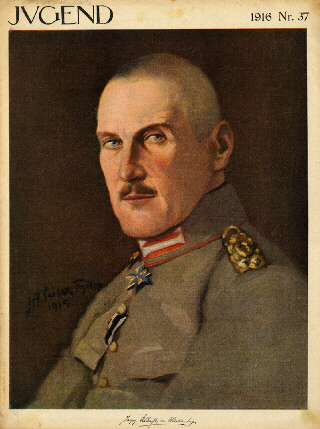
Albrecht, Duke of Württemberg (1865-1939)
|
|||||||||||||
|
| |
|
The Great War Society Combined 2009 Annual Seminar, September 11 - 13, 2009 National World War I Museum Kansas City, Missouri | |
|
U.S. Branch Chapter Meetings Check for Your Region Regularly Updated (details) | |
|
Berkeley, San Francisco and Palo Alto, CA Regularly Updated (details) | |
|
Kansas City, Missouri Regularly Updated (details) | |
|
Email Response |
|
Traveling to London? The World War I drama War Horse is onstage 3/28/09 to 9/26/09.
Winner of Olivier, Evening Standard and Critics' Circle Awards. At the outbreak of World War I, Joey, young Albert's beloved horse, is sold to the cavalry and shipped to France. He's soon caught up in enemy fire, and fate takes him on an extraordinary odyssey. But Albert cannot forget Joey and, still not old enough to enlist, he embarks on a treacherous mission to find him and bring him home. (link)
Trench Art Exhibit:
The James A. Michener Art Museum in Doylestown, PA presents From Swords to Plowshares: Metal Trench Art from WWI and WWII.The show features more than 300 pieces of unique, handmade trench art from the United States, England, France, Italy, Germany, Australia and Hungary. The exhibition runs from March 14 through May 31, 2009. Details at (link)
The Canadian War Museum Website is now offering an engaging interactive trench-warfare game for young people called Over the Top (not associated with our online magazine of the same title). (link)


Richthofen has really been killed in action! I am completely shattered by the news. No words will suffice to do justice to his deeds, or to describe the grief which every German feels at the loss of this national hero; it is just impossible to grasp. . .
Herbert Sulzbach,
German Artillery Officer
With the German Guns
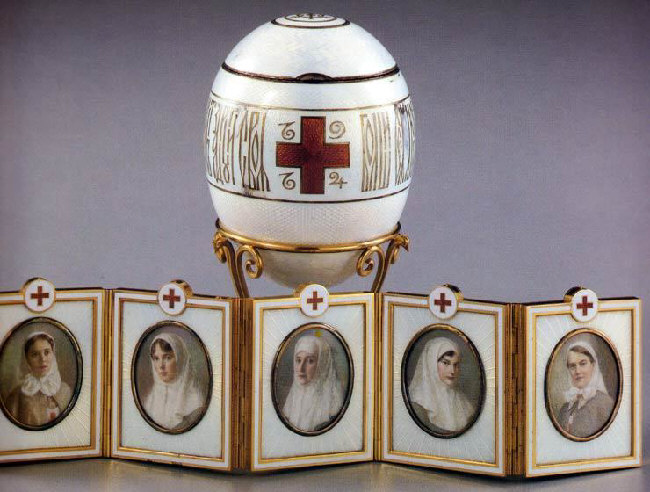
Designed to honor of the members of the Russian royal family serving as nurses during the war.
The fold-up album was sized to fit within the egg.

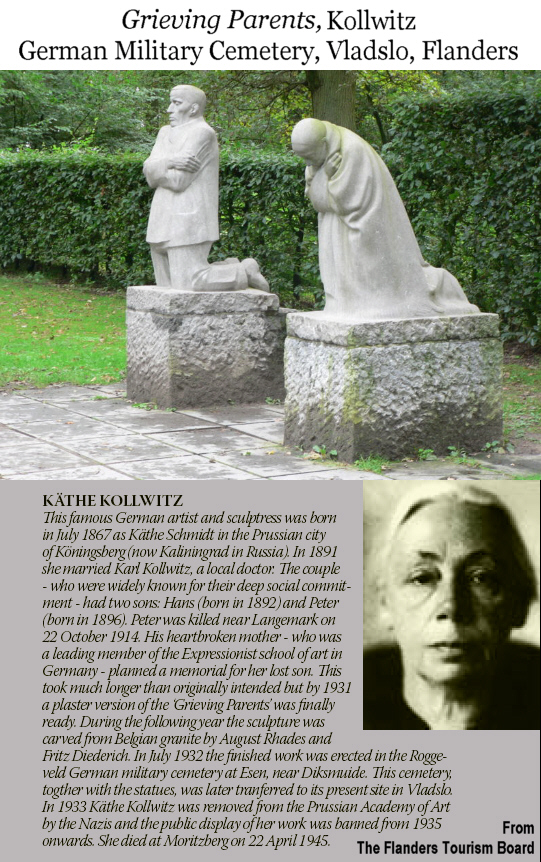
|

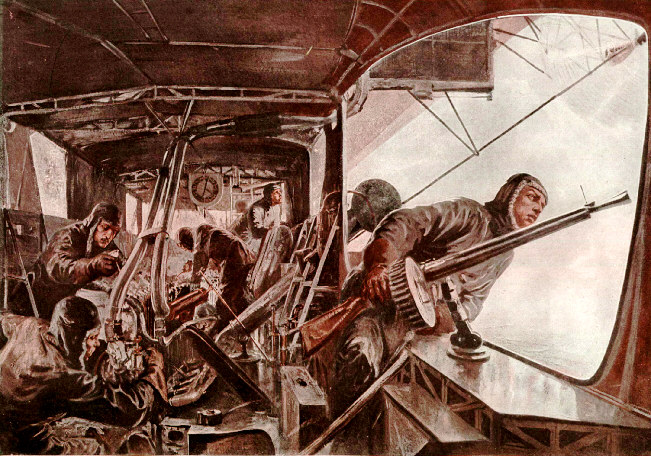
Destination England by Felix Schwormstadt
Inside a Zeppelin Machine and Gun Gondola
War in a Different Light

Trip-Wire Editor Mike Hanlon
Click on image to request a brochure from greatwar@earthlink.net
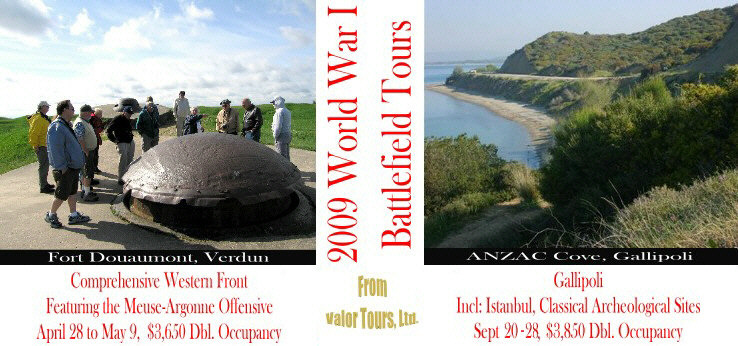 |
[Ed. After our last issue, I received this message from one of our readers.] 6th Royal Bavarian Infantry, KIA in France, August 29, 1914
The burial site is at Bertrimoutier in the Vosges Mountains, Lorraine, which I subsequently visited. It was a real thrill for me to be able to put all the pieces together as well as visit the actual burial site. Happy to share the info and many high res images, if there is any interest.  Brooke Anderson with Hauptman Martin's Sword
During the Battle of Lorraine, as it was called by the Germans, Martin was felled by shrapnel from a grenade on August 29, 1914, and died that day. According to German Army records, he was buried at Saulcy-sur-Meurthe. The Website, www.volksbund.de, in their military gravesites section, indicates that in 1921 German soldiers from French cemeteries within 40 kilometers of Bertrimoutier were dug up and re-interred there. Saulcy was within that perimeter. The site states specifically that most of those German soldiers had lost their lives in the last days of August, 1914. The Deutsche Dienststelle has confirmed that he is buried at Bertrimoutier in a mass grave (Kamaradengrab). 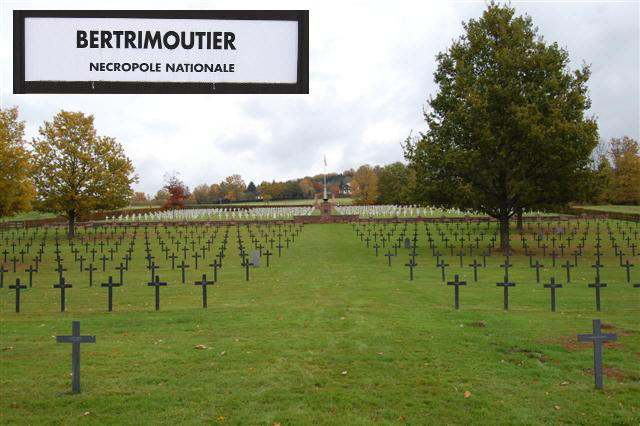 Final Resting Place Visited by Brooke
It was the custom, when possible, to return to the family the sword of a fallen soldier, as shown in the photo of a piece of period artwork on the cover of this presentation. Apparently, the family then had the crossguard of the sword engraved as follows: "He died a hero's death in Sauley, France, 29 August, 1914; Edgar Martin, Captain and Brigade Adjutant, Royal Bavarian 6th Infantry." Sauley is a misspelling; it is easy to see how this could have happened, when looking at the written records. 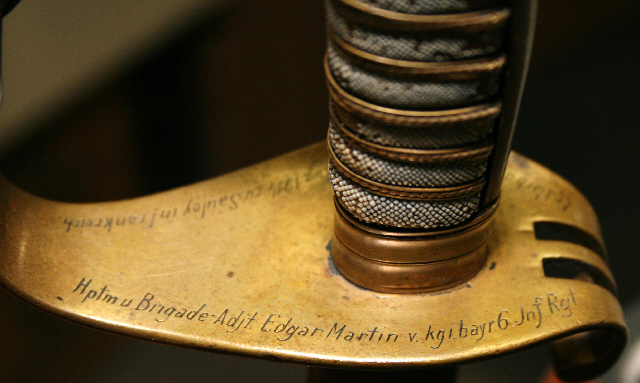 Engraved Crossguard
Included with the sword are copies of parts of his file - #44403 - from the Bavarian War Archives in Munich, Germany. These copies include his promotion list, evidence as to his being Brigade Adjutant and official comments as to his death. Included as well is the letter from the Deutsche Dienststelle confirming his burial site and photographs of same. This is outstanding provenance for a sword returned from the battlefield.
| ||
 |
Two on the German Naval Mutinies of 1918 from Daniel Horn Reviewed by Len Shurtleff of Len's Bookshelf (link)The German Naval Mutinies of World War I and |
Basing his analysis on extensive research in German archives, author Daniel Horn argues persuasively that the uprising of German sailors in November 1918 was not politically motivated and certainly not fomented in imitation of the Russian Bolshevik Revolution or by German Socialist political agitators as was claimed at the time by German officers and later by communist East German propagandists. Rather the mutinies, which actually broke out in August 1917, were motivated by poor food, lack of leave, often savage discipline and officer incompetence. The final spark igniting the November 4, 1918 revolt of sailors at the port of Kiel was well-founded rumors of a plan for one last suicide sortie by the High Seas Fleet against the Royal Navy's Grand Fleet.
 Rare Photo of Mutiny at KielGerman naval officers -- unlike army officers -- were drawn traditionally from the middle classes. The naval officer corps, being stationed before 1900 in ships scattered around the world, were tolerant and cosmopolitan. They avoided created the equivalent of the army's elite regiments, eschewing Prussian snobbery and militarism. Relations between officers and ordinary sailors were marked by respect and leniency. The elevation of Admiral Alfred Tirpitz as Secretary of the Navy in 1898 began to change all that. Tirpitz's new battleship navy concentrated in the North Sea came more and more to resemble the army with its harsh discipline and rigid caste system. Pressures of war began by mid-1916 to destroy vaunted naval morale and efficiency. The ennui of weeks and months of laying inactive in port following the May 1916 Battle of Jutland was corrosive of morale and efficiency. Inactivity was made more unbearable by the increasingly poor quality of the rations issued to sailors and stokers, particularly as these were far inferior to the food served to officers. Veteran officers detached to man the growing U-boat fleet were replaced by inexperienced younger men. Officers attempted to control sailors' grumbling with increasingly harsh punishments and ceaseless drill. This only made matters worse. In August 1917 a wildcat food strike erupted among the sailors of the Prinzregent Luitpold. Retaliation was harsh with long prison sentences and two death penalties exacted on those suspected of leading this action. Word of these excesses spread throughout the High Seas Fleet. Meanwhile, peace sentiment spread among the populace and in the parliament as more and more soldiers and civilians realized that Germany was losing the war.  On November 21, 1918, 75 Ships of the High Seas Fleet SurrenderedThe German Naval Mutinies of World War I, Daniel Horn, Rutgers, 1969, 346 + xii pages, index, notes, LCC# 71-75677, SBN 8135-0598-4. The Private War of Seaman Stumpf: The Unique Diaries of a Young German in the Great War, edited and translated by Daniel Horn, Leslie Frewin, 1967, 442 + vi pages, map, photos, index. |
Uniform Series

Austro-Hungarian, 1914
|
in the 21st Century |
|
Heroes for Sale Reviewed by Andrew Melomet |
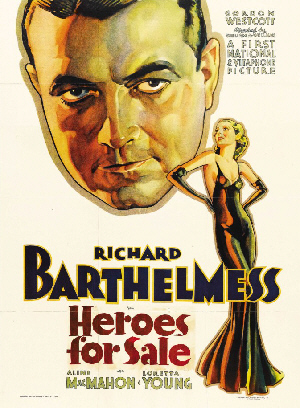 |
With the help of his uncle, Francis Wellman, a lawyer and author of The Art of Cross-Examination, Wellman went to France, joined the Norton-Harjes Ambulance Corps and then transferred to the French Foreign Legion. After training on Bleriots and Nieuports he went into Lafayette Escadrille. Once he was assigned a mission to drop pamphlets on the Germans. While performing aerobatics over German lines his motor quit, but he managed to crash land and flipped upside down. He couldn't get loose and was rescued by French troops.
Wellman was nicknamed "Wild Bill" by the French for his one-man "Dawn Patrols" over enemy lines where he would bomb and strafe the Germans. He had two confirmed kills and was eventually shot down by AA fire. In the crash he broke his back in two places, his control stick went into the roof of his mouth and he ended up with a permanent limp and a silver plate in his head. Wellman's exploits were publicized by the press, and Fairbanks cabled him with a message: "When it's all over, you'll always have a job."
When Wellman was discharged as a sergeant from the French forces in March, 1918 he left with the Croix de Guerre with two Palms, the Medaille Militaire and the citations, A L'Ordre de L'Armee and Le Pilote Americain, Marshall de Logis.
Wellman joined the American Air Corps and was assigned to Rockwell Field, San Diego as a flight instructor. He flew his SPAD up to Pickfair, Fairbanks's estate in Hollywood and landed on the polo field to attend parties. Fairbanks started Wellman in the movie business as an actor, but Wellman disliked the way he looked on the screen and asked for Fairbanks to move him into production.
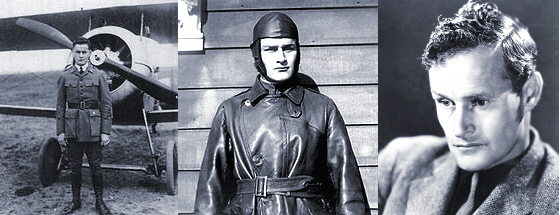
Three Views of William Wellman: Aviator, Flight Instructor and Hollywood Director
He was working as a mail boy at Goldwyn Studios when General "Black Jack" Pershing visited the studio. Goldwyn had all the veterans wear their uniforms and medals to honor the General. Pershing picked Wellman out of the line-up and asked if they had ever met before. They had, at a brothel in Paris, but Wellman replied "General, I'd rather not say right here." Pershing remembered their previous encounter (Wellman had stolen and then returned Pershing's uniform pants at the brothel) and asked Wellman what he could do for him. Wellman asked that Pershing take him aside and talk to him for a while to make Wellman seem important. Pershing was glad to comply, and the next day Wellman was asked to come to Goldwyn's private office and was made an assistant director.
While working as an assistant director on The Eleventh Hour, Wellman shot footage to cover for the director who was indisposed after a drinking binge. Wellman was awarded by becoming a director in his own right. Between 1923-1926 Wellman directed 11 features, many of them Westerns starring "Buck" Jones.
Wellman was eventually selected as the director of Wings, based on his flying and wartime experiences.
The original story idea of Heroes for Sale came from Darryl F. Zanuck. (Zanuck was the only studio head to serve on the front lines during World War I.) Wellman considered Zanuck "one of the greatest reportorial producers" for his ability to take a headline from a newspaper and "make a picture faster than anybody in the business."
Richard Barthelmess starred as Tom Holmes, the victimized protagonist of the story. Barthelmess had a well-deserved reputation for portraying "the screen's champion underdog" as Barthelmess called himself. The New York Herald Tribune called him "Hollywood's most serious-minded citizen."
While on a prisoner-seeking raiding party in No-Man's-Land led by Roger Winston (Gordon Westcott), the son of a banker, Holmes captures a prisoner but is wounded and left for dead by the wealthy and cowardly Winston. Found by the Germans, Holmes is treated fairly and kindly and he is given morphine to control the pain. After he returns to work for Winston's father (Berton Churchill) in the bank, Holmes is revealed to be an addict and is fired. Roger Winston refuses to admit to his father that he stole Holmes's glory and did not deserve his medals.
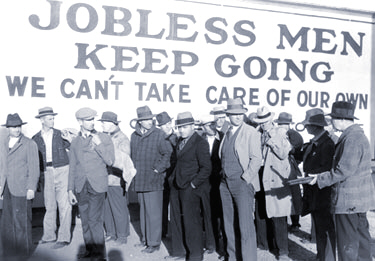
Depression-Era Still from Heroes for Sale
Holmes spends time on a "Narcotic Farm" to be cured of his habit and relocates to Chicago where he meets Mary Dennis (Aline MacMahon), who runs a restaurant and a boarding house. He also meets Ruth (Loretta Young), who works at a laundry. Another boarder is Max (Robert Barrat) a Communist, who spends his time inventing labor-saving machinery. Tom prospers at the laundry and marries Ruth. He becomes half-owner of Max's machine and becomes rich. He tries to stop a workers strike after the laundry is acquired by new owners, and in a street battle his wife is killed.
Holmes is accused of being a Communist agitator, blamed for leading the riot he tried to stop and is sentenced to five years in the penitentiary. While Tom's inside Max turns capitalist and Tom discovers that he's rich himself because of his investment in Max's machines. When he's released and returns to Chicago he's hounded out of town by the "Red Squad" and hits the road. He even meets up with Roger in a hobo camp. Roger and his father stole from their depositors and the bank went bust. Roger's father committed suicide and Roger served two years. Both Tom and Roger are reduced to homeless wanderers in Depression-era America, but Tom never loses his optimism and belief in America.
Heroes for Sale reflects the contemporary confusion and turmoil of a nation in the depths of the Great Depression. Shooting started on March 6, 1933 just two days after all the banks in the United States were forced to close. And just two days before, President Franklin Roosevelt had enacted the Emergency Banking Bill that started the era of the New Deal. Wellman worked quickly and efficiently; Heroes for Sale was shot in just 23 days, coming in under schedule. It was released on July 21, 1933 and premiered at The Strand in Times Square in New York City.
Heroes for Sale suffers from a confused script, but it is one of the major "topical films" from 1933. The Baltimore Sun said in its review, "If we didn't know better, we would suspect that the American Legion, the American Civil Liberties Union and Comrade Stalin of Moscow collaborated in writing Heroes for Sale." The mud-and-rain battle sequence has a swooping moving camera that shows how Wellman had a strong control of the war genre. Throughout the film themes common to Wellman's works are on display- sacrifice and survival. The scenes of jobless men searching for work foreshadow the work of Dorothea Lange and Walker Evans. The hobo camp sequences presage The Grapes of Wrath.
Gold Diggers of 1933 with the famous "Forgotten Man" number was in production at the same time as Heroes for Sale at the Warner Studio.
 |
with Updates on Availability of Films and Videos in the U.S.
Check the Archives for 2009's reviews.
|
Answer to quiz: George Creel was the head of the U.S. WWI propaganda organization, The Committee for Public Information. We very much appreciate the improved look of our site by graphic designer Nic Solberg. Thanks to each and every one of you who has contributed material for this issue. Until next month, your editor, Mike Hanlon. |
SUBSCRIBE TO THE TRIP-WIRE (Or send it to a friend) (Or send us a comment on the TRIP-WIRE) CLICK HERE TO CONTACT US VIA EMAIL |
For further information on the events of 1914-1918
and membership information visit the Directory Pages of:
|
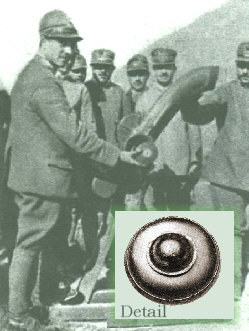

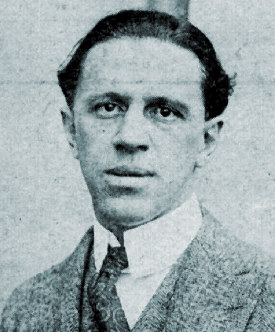
 Memorable Event
Memorable Event